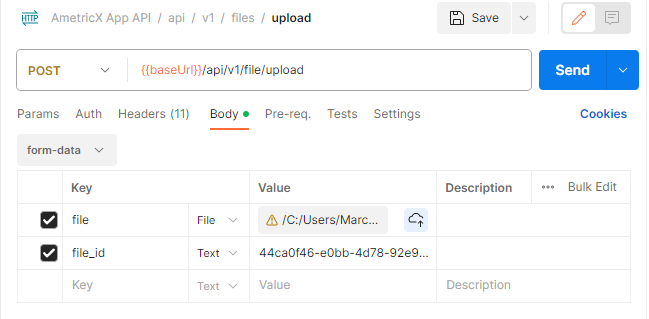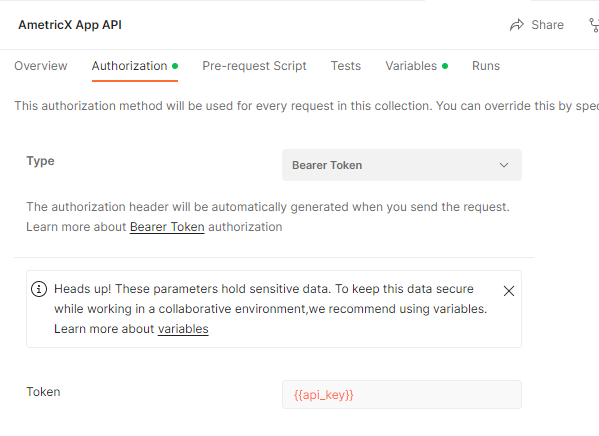Table of contents
In today’s digital world, file processing is an essential part of many applications. Whether it’s uploading documents, images, or videos, the ability to handle file uploads is crucial for many businesses. This is where file upload APIs come into play.
In this article, we’ll explore the power of file upload APIs and how they can benefit your application. We’ll also discuss how to test file upload APIs in Postman, a popular API testing tool.
What is a File Upload API?
A file upload API is an interface that allows applications to upload files to a server. It enables developers to integrate file upload functionality into their applications without having to build it from scratch.
File upload APIs typically use HTTP requests to transfer files from the client to the server. They also provide a way for the server to validate and process the uploaded files.
Benefits of Using a File Upload API

Using a file upload API offers several benefits for developers and businesses alike. Some of these benefits include:
- Efficiency: File upload APIs streamline the process of uploading files, making it faster and more efficient for users.
- Scalability: With a file upload API, you can easily handle large file uploads without worrying about server limitations.
- Security: File upload APIs often come with built-in security measures to protect against malicious files and attacks.
- Simplicity: By using a file upload API, developers can save time and resources by not having to build file upload functionality from scratch.
How to Test File Upload API in Postman
Postman is a popular API testing tool that allows developers to test and debug APIs. It also has a user-friendly interface that makes it easy to test file upload APIs.
Step 1: Create a New Request
The first step to testing a file upload API in Postman is to create a new request. To do this, click on the “New” button in the top left corner of the Postman window and select “Request.”
Step 2: Set the Request Method and URL
Next, you’ll need to set the request method and URL for your API. In this case, we’ll be using the “POST” method and the URL of the file upload endpoint.
Step 3: Add the File to the Request Body
To upload a file using Postman, you’ll need to add it to the request body. To do this, click on the “Body” tab and select “form-data” as the body type. Then, click on the “Choose Files” button and select the file you want to upload.
Step 4: Send the Request
Once you’ve added the file to the request body, you can click on the “Send” button to send the request to the server. If everything is set up correctly, you should receive a response from the server indicating that the file was successfully uploaded.
Best Practices for File Upload APIs
When implementing a file upload API, there are a few best practices that you should keep in mind to ensure its effectiveness and security.
Validate File Types and Sizes
by Tezos (https://unsplash.com/@tezos)
One of the most important things to consider when implementing a file upload API is to validate the file types and sizes. This helps prevent malicious files from being uploaded to your server and ensures that your server can handle the file size.
Use HTTPS
Using HTTPS is crucial for the security of your file upload API. It encrypts the data being transferred between the client and the server, making it more difficult for hackers to intercept and access sensitive information.
Implement File Chunking
File chunking is the process of breaking a file into smaller chunks and uploading them separately. This can help improve the performance of your file upload API, especially when dealing with large files.
Consider File Naming Conventions
Having a consistent file naming convention can make it easier to manage and organize uploaded files. It’s also helpful for retrieving specific files from the server.
Real-World Examples of File Upload APIs
Let’s take a look at some real-world examples of file upload APIs and how they are being used in different industries.
Google Drive API
Google Drive API is a file storage and synchronization service provided by Google. It allows users to store files in the cloud and access them from any device. The API also enables developers to integrate file upload functionality into their applications.
Dropbox API
Dropbox API is another popular file storage and sharing service that offers an API for developers. It allows users to upload and share files with others, making it a useful tool for collaboration.
Amazon S3 API
Amazon S3 API is a cloud storage service provided by Amazon Web Services. It offers a simple web services interface that allows developers to store and retrieve any amount of data from anywhere on the web.
Upload a file to AmetricX with Postman
Who Can Benefit from File Upload APIs?
File upload APIs can benefit a wide range of industries and businesses. Some of the industries that can benefit from file upload APIs include:
- E-commerce: E-commerce businesses can use file upload APIs to allow customers to upload images or documents for custom products.
- Healthcare: Healthcare providers can use file upload APIs to securely transfer patient records and images.
- Education: Educational institutions can use file upload APIs to allow students to submit assignments and projects.
- Media and Entertainment: Media and entertainment companies can use file upload APIs to allow users to upload and share videos and images.
Conclusion
File upload APIs are a powerful tool for developers and businesses looking to streamline their file processing capabilities. They offer several benefits, including efficiency, scalability, and security.
By following best practices and using tools like Postman, you can easily test and implement file upload APIs in your applications. With real-world examples and a wide range of industries that can benefit from file upload APIs, it’s clear that they are an essential component of modern applications.










